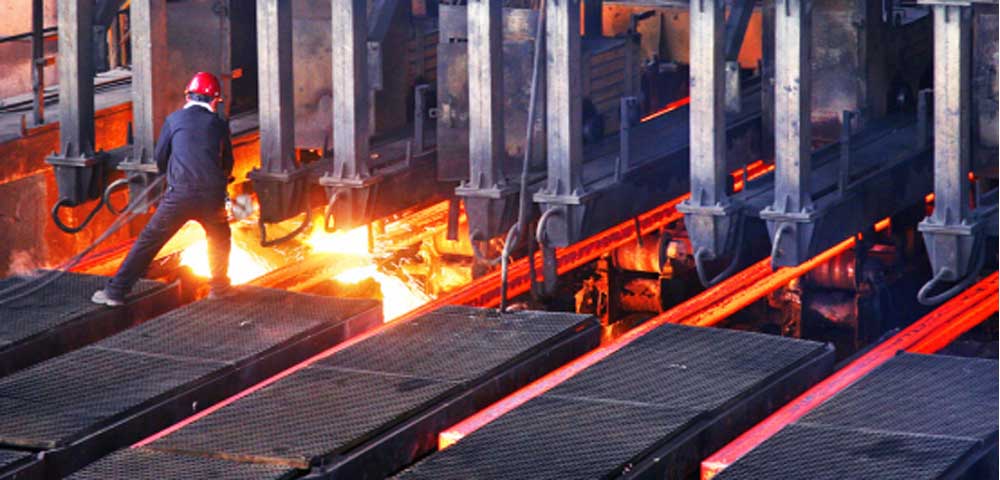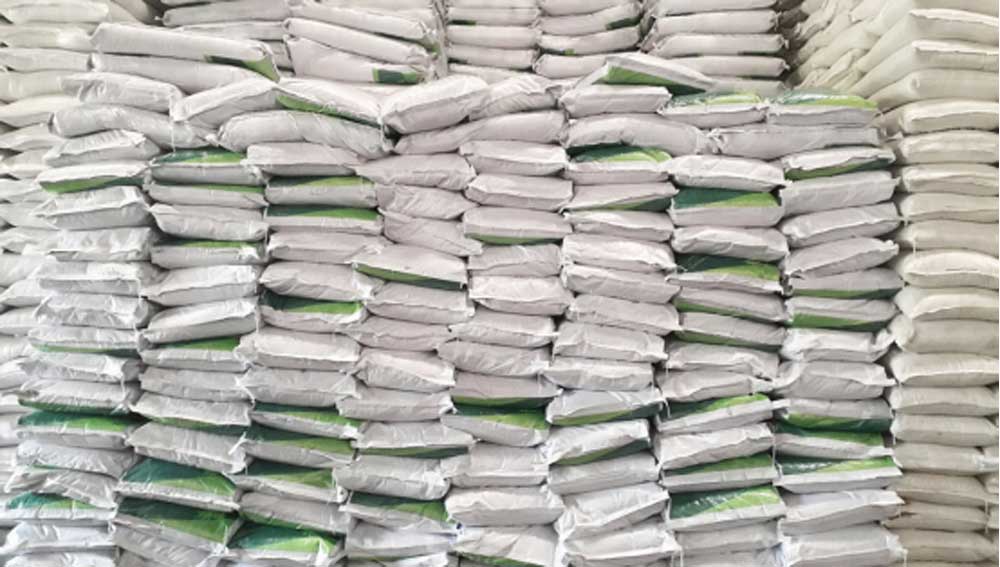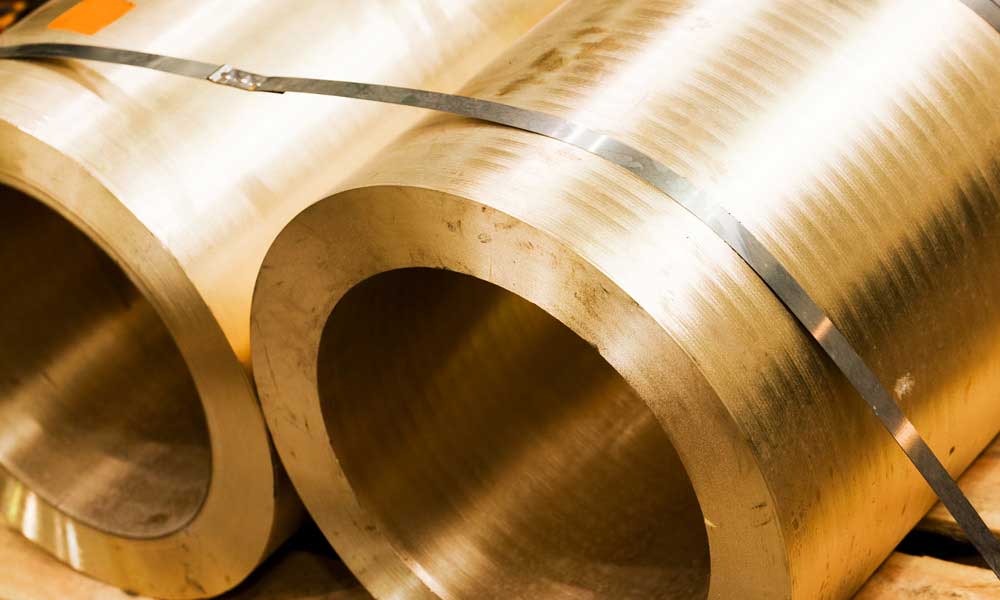
The refractory industry is highly correlated with the steel industry, and the steel industry has a great influence on the price of the refractory industry. In 2024, the cumulative crude steel and steel output in the country will still be running at a high level, which will provide certain support for the total demand for refractory materials. The total volume of the building materials industry will decline significantly in 2024, but the output of cement and glass will still be large. The output of 10 non-ferrous metals will continue to grow on the basis of the growth in 2023, and the total output of other downstream high-temperature industries such as chemicals, electricity, casting and ferroalloys is also at a high level. The fundamentals of the above-mentioned industries’ demand for refractory materials are stable.

In 2024, according to statistics from the China Refractory Industry Association (hereinafter referred to as the Association), the national output of refractory products was 22.0711 million tons, a year-on-year decrease of 3.73%. Among them, dense shaped refractory products were 11.3163 million tons, a year-on-year decrease of 6.07%; thermal insulation refractory products were 837,700 tons, a year-on-year increase of 11.17%; amorphous refractory products were 9.9171 million tons, a year-on-year decrease of 2.07%.
The price of refractory raw materials will be generally stable in 2024, and the price of alumina will fluctuate greatly. Affected by logistics factors and futures speculation, the price of alumina was pushed to a high level in recent years in the first half of 2024, resulting in the ex-factory tax-inclusive price of white corundum segments reaching 7,000 yuan/ton to 7,200 yuan/ton in November, and the ex-factory tax-inclusive price of sintered corundum segments was 6,900 yuan/ton to 7,300 yuan/ton.

In 2024, China’s total import and export trade of refractory raw materials was US$3.944 billion, a decrease of 13.61% over the same period last year. Among them, the export trade volume was US$3.784 billion, a year-on-year decrease of 12.31%; the import trade volume was US$160 million, a year-on-year decrease of 35.96%. The total export volume of refractory raw materials in the country was 7.2093 million tons, a year-on-year increase of 4.09%. Among them, the export volume of refractory raw materials was 5.0628 million tons, a year-on-year increase of 6.03%; the export volume of refractory products was 2.1464 million tons, a year-on-year decrease of 0.23%. Compared with 2023, the export volume increased slightly, while the export trade volume and the average export price dropped sharply by 12.31% and 15.76% respectively.
In 2025, the supply of refractory raw materials will be relatively stable, the price of raw materials will be relatively stable overall, the price of silicon-aluminum raw materials will gradually return to normal, and the price of magnesium raw materials will rise slightly. The rebalancing between total supply and total demand is the main challenge in 2025.







